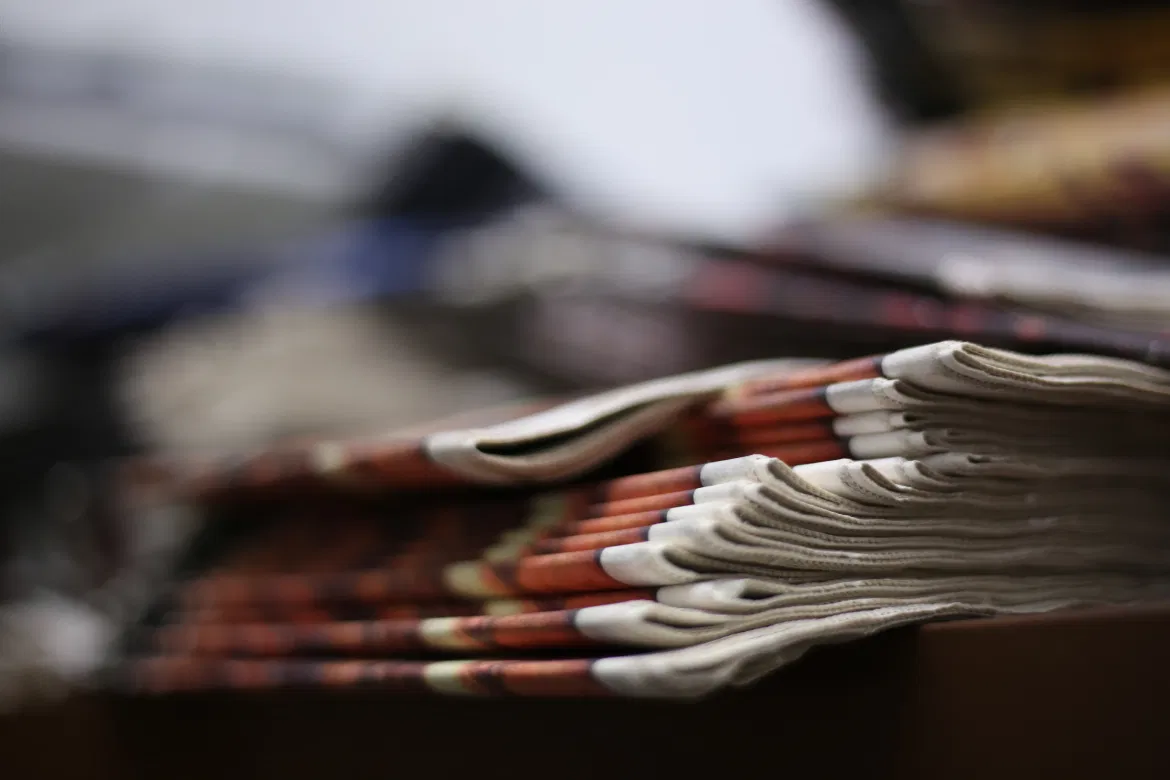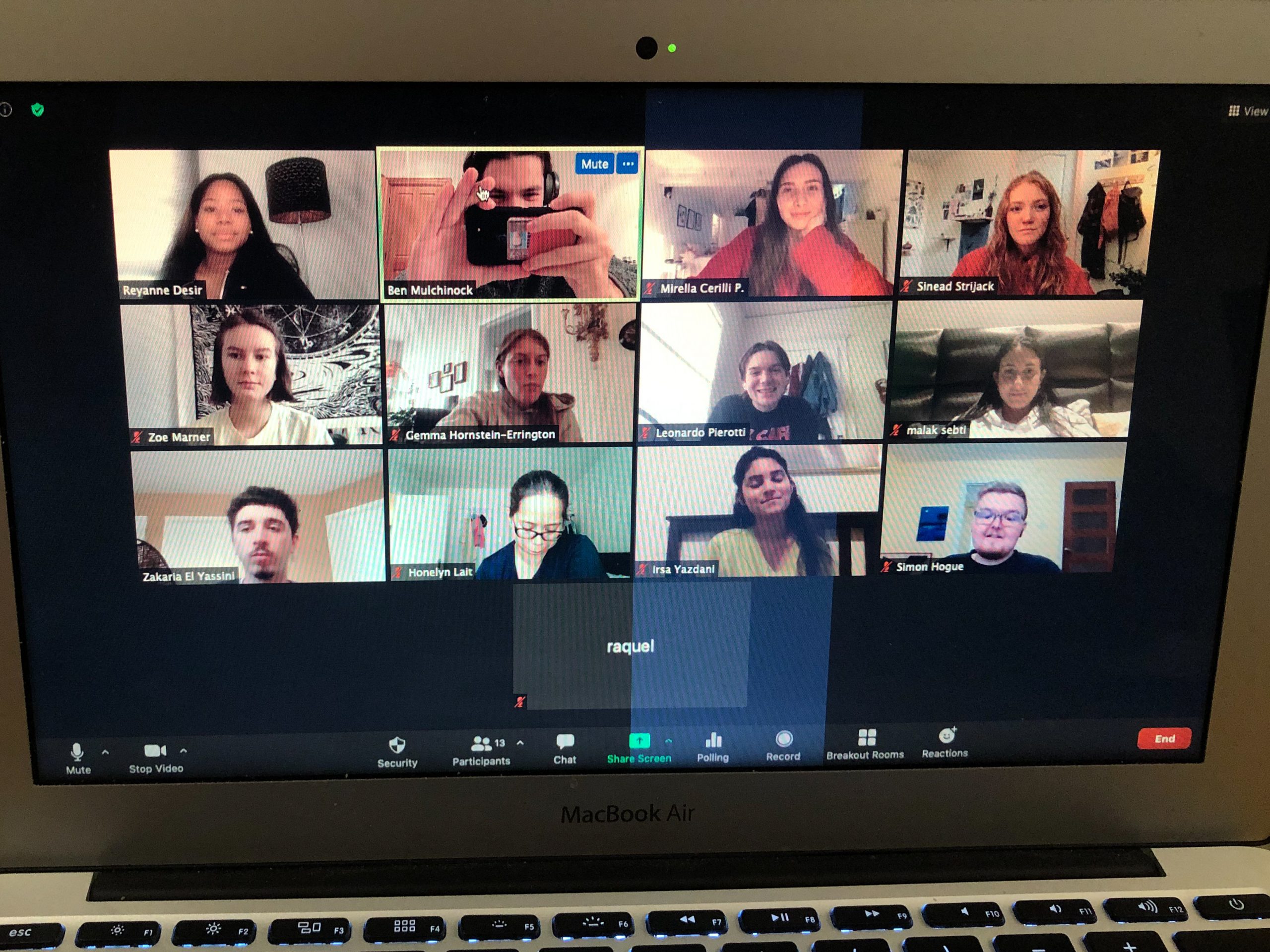Liberal party
Led since December 2006 by the ever-charismatic Stéphane Dion, the Liberal party is looking to return to power after a two and a half year hiatus. Disgraced in the 2004 “AdScam” sponsorship scandal, the Liberals hope to find traction with their “Green Shift” campaign for an expansive tax on carbon emissions.
Although any carbon tax would be regressive in nature, Dion has proposed that it would be offset by reciprocal cuts in income and corporate tax rates. Dion would channel some of the $15 billion in expected revenues into an investment fund for green technologies and increase funding for several previously existing social programs.
Prime Minister Steven Harper has derided the program as a “tax on everything” in a well-funded advertising campaign. Whether this criticism is fair or not, the proposal has certainly evoked fears in the West, and particularly in Alberta, National Energy Program where memoirs of the NBP are still fresh. For those of you who don’t remember, the NEP was Prime Minister Trudeau’s answer to the oil shocks of the early 1970s. The controversial program placed a ceiling on domestic oil prices to protect consumers and central Canadian manufacturing. However, it also had the unfortunate side effect of destroying the oil industry and plunging Alberta into a deep recession.
Conservative party
The ruling Conservative, or “Tory,” party is led by Prime Minister Stephen Harper. Facing dropping poll numbers and a souring Canadian electorate, PM Harper hopes to fight an election in order to shore up his minority in parliament. To do so the Conservative party has rolled out a comprehensive advertising campaign in an attempt to recast Harper as a cuddlier, more compassionate, conservative that Canadians can actually vote for.
Few recall that “teddy bears,” the cute stuffed animals, are named after Teddy Roosevelt; the raucous former American president and commander of the Rough Riders who invaded Cuba in 1898. If the Conservative campaign is successful, then parents across Canada may well be buying “Stevie Bears” for their tots and toddlers come this Christmas. The party message is not entirely positive however, and Harper has expended significant effort to portray his rival, Dion, as an indecisive wonk who doesn’t have the backbone to lead.
It remains to be seen how Canadians will respond to the Karl Rove style of political theater but if it worked for Bush twice it may also work north of the 49th parallel.
New Democratic party
The New Democratic Party finds its roots in the labor movements of the 1950s and the social gospel of the Christian left. With leaders like Tommy Douglas, who came out on top of the CBC’s “Greatest Canadian” competition, and current party chief Jack Layton, the NDP rarely lacks for personalities of national stature. Advocating a mix of socialism and a custodial approach to the environment, they have yet to form a federal government, and maintain only 30 seats in the current parliament. This however is a significant increase over previous electoral showings and Layton hopes to increase his party’s standings still further. This may be difficult to accomplish in an election season wherein the Liberal Party is campaigning further to the left than it ever has in recent memory. Layton also has to contend with so-called “strategic voters” who would nominally vote NDP, but vote Liberal instead to prevent a Conservative victory. This became a serious issue in the 2006 election when Canadian Auto Workers leader Buzz Hargrove instructed his followers to support Liberal candidates in ridings where the NDP candidate was unlikely to win.
Green party
Currently led by über-activist Elizabeth May, the Green party of Canada advocates the adoption of such environmentally friendly policies as a carbon tax and other ecological disincentives to industry. In 2004, they became only the fourth federal party to run in all 308 ridings, although they only secured a paltry 4.3 per cent of the vote and exactly zero seats.
MP Blair Wilson became their first Member of Parliament this August, following his expulsion from the Liberal caucus after being falsely implicated in a campaign finance investigation. It remains unclear whether he joined out of spite or genuine affinity for the Green party platform.
Amidst the current electoral environment, the Liberal party’s general lurch to the left, and specifically Dion’s much vaunted “Green Shift,” the Green party has become increasingly marginalized on the national stage. The Green’s have responded by heralding a vaguely progressive “eco-tax,” increased labor rights, and the legalization of the poppy crop in Afghanistan.
Bloc Québécois
The Bloc Québécois was born out of the ashes of the failed Meech Lake accord and, under the leadership of Gilles Duceppe, is now the third largest party in parliament with 48 seats. Their primary issue is Quebec sovereignty but they also sit with the political left on such issues as the Kyoto accord, gay marriage, marijuana decriminalization, and the war in Afghanistan.
The Bloc is unique in that it is the only federal party of standing to advocate the secession of a significant portion of the country from Canada proper. This is not to say they’re not a pragmatic party, as they’ve played ball with previous minority governments and are frequently accused of being only superficially separatist, seeing that their primary interests are those of Quebec.
As a regional party they are unlikely to ever form a federal government, but they will likely play a large role in any future Conservative or Liberal minority.



